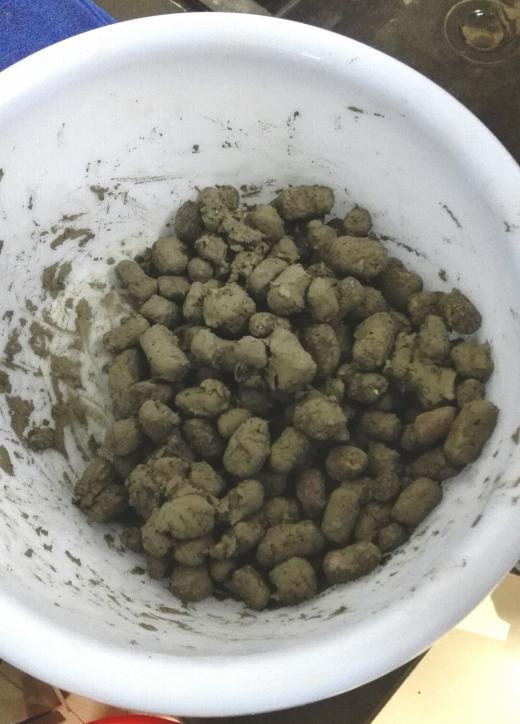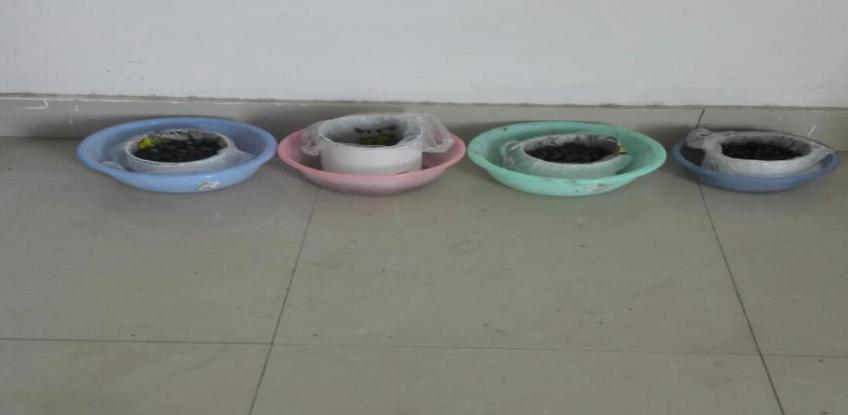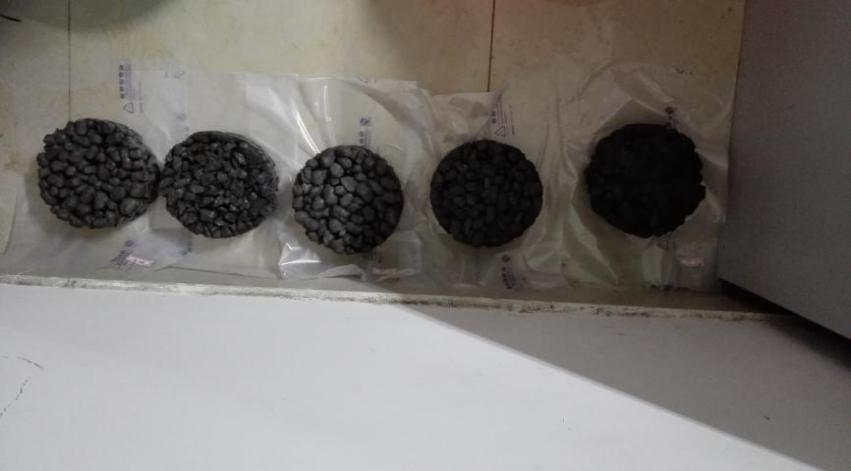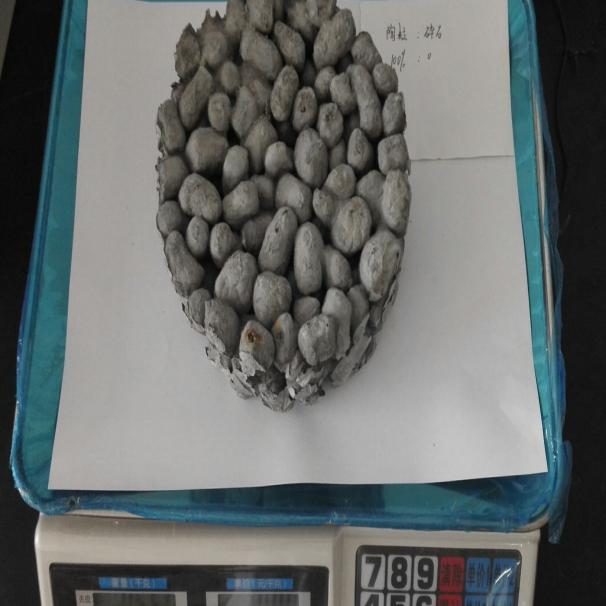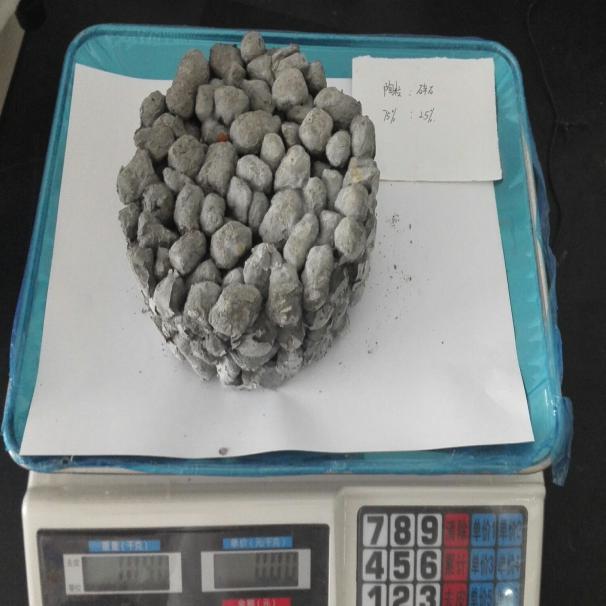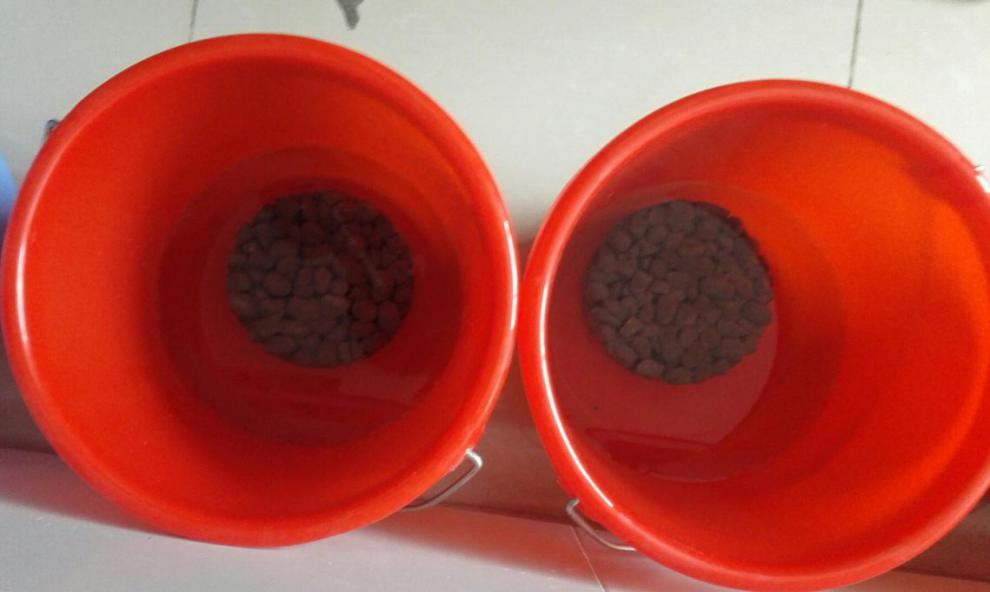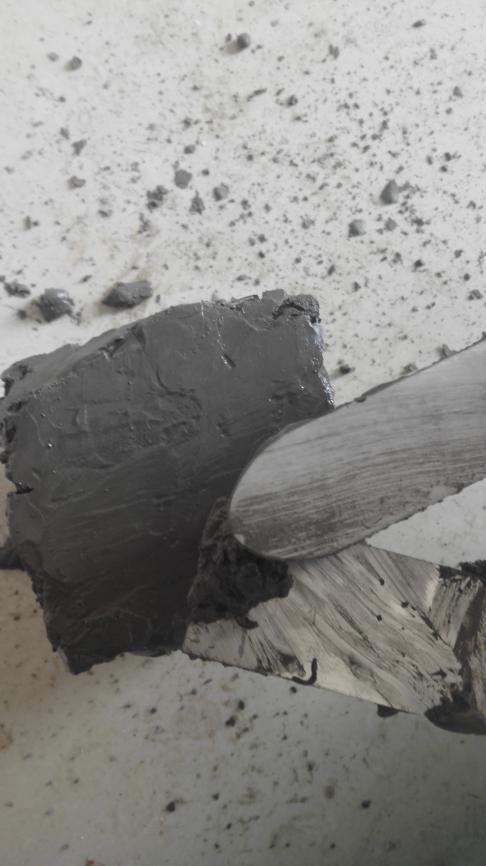陶粒用于制备植生型混凝土的试验研究毕业论文
2020-06-20 18:54:52
摘 要
镇化和工业化的发展更加深入,建筑被拆除更新或新建的过程中,遗留了大量的建筑垃圾同时,地面也被大量混凝土覆盖,使城市雨水、路面积水不易渗透,破坏了城市水循环,严重污染环境。随着人类环保意识的增加,混凝土作为主要的建筑材料,对其性能在资源化、无害化等方面的研究不断地深入,植生型混凝土也因此得到越来越多的重视。城市国民经济的发展,人口的涌入,使城市日用水量和排水量呈不断上升趋势,污水处理过程产生的污泥量也不断地增多,传统的焚烧、填埋等方法处理污泥,极易引发对环境的二次污染,已不能满足其无害化处理的要求。采取何种技术处理这类固体废弃物,使其危害降低的同时,又可以加以二次利用,是当下时代发展的要求。另外随着海绵城市、河湖水生态环境治理的深入开展,植生型生态混凝土更具有广泛的利用前景。
本试验基于前期开发的多源性废弃泥陶粒(清淤海泥、市政污泥、城市河道淤泥)基础上,以陶粒、碎石为骨料,对不同的骨料配比(陶粒:碎石)的植生型混凝土进行性能比较,并在满足植物生长的目标前提下,实现植生混凝土的抗压强度及透水系数等一系列的指标,从而进一步探讨利用再生资源制备植生型生态混凝土的方法。
本试验综合考虑抗压强度、孔隙率、植物发芽率、对水质的净化程度,确定C组(75%陶粒,25%碎石)所制备的陶粒植生混凝土为本试验最优的一组配比。其孔隙率为36.90%,抗压强度为3.23Mpa,发芽率为80.77%,对CODcr、TN、TP的去除率分别为36%、31%、64%。
关键词:植生型混凝土、配置、抗压强度、吸水性、植生性
Abstract
The development of urbanization and industrialization has been further deepened, and the construction has been demolished or newly built, leaving behind a lot of construction waste, the ground is covered by a large number of concrete, make the urban rainwater, road surface water infiltration, destroyed the city water cycle, serious environmental pollution. With the increase of human environmental protection consciousness, most main building materials, concrete on its performance in the aspects of resource and innocuity research unceasingly thorough, the vegetation type concrete also received more and more attention.The development of national economy, urban population, urban daily water and the rising trend of displacement, the sewage treatment process of sludge quantity is constantly increasing, the traditional methods such as incineration and landfill treatment sludge, easy to cause secondary pollution to the environment, can not meet the requirements of its disposal. What kind of technology can be used to deal with such solid waste, and make it less harmful, and can be used for a second time, is the requirement of the development of The Times.In addition, with the sponge city, river and lake ecological environment management in depth, the production of ecological concrete has a wider use of prospects.
This experiment based on the early stage of the development of multiple source sex waste clay ceramsite (desilting sea mud, municipal sludge, urban river silt), on the basis of ceramsite and crushed stone as aggregate, for different aggregate ratio (ceramsite: gravel) vegetation type concrete performance comparison, and under the premise that meet the goal of plant growth, vegetative the compressive strength of concrete and permeable coefficient and so on a series of indicators, further discusses resource comprehensive utilization preparation plant ecological concrete method.
In this experiment considering compressive strength, porosity, plant germination rate, degree of purification of water quality, determine the group C (ceramsite:gravel) preparation of ceramsite vegetation concrete as the equipping of the experiment, the optimal ratio.Its porosity is 36.90%, the compressive strength of 3.23 Mpa, the germination rate was 80.77%, he removal rate of CODcr, TN and TP were 36%, 31% and 64% respectively.
Key words: Vegetation - type concrete, Configuration, Compressive strength, Permeability coefficient, Vegetation
目录
摘要 I
Abstract II
第一章 绪论 1
1.1背景 1
1.2植生型混凝土的概念及分类 2
1.2.1植生型混凝土的概念 2
1.2.2植生型混凝土的分类 2
1.3国内外对植生型混凝土的研究现状 3
1.3.1国外研究现状 3
1.3.2国内研究现状 3
1.3.3现状分析 4
1.4植生型混凝土的应用 5
1.4.1河道护坡 5
1.4.2城市停车场、人行道、休闲绿地、住宅小区等基础设施铺装 5
1.4.3湿地保护工程 6
1.5研究的目的及内容 6
1.5.1研究的目的及意义 6
1.5.2研究的内容 7
1.6本试验的创新点以及技术路线 7
1.6.1本试验的创新点 7
1.6.2本试验的技术路线 7
第二章 材料与方法 9
2.1试验材料 9
2.2试验方法 9
2.2.1植生型混凝土的制备与养护 10
2.2.2植生型混凝土的堆积密度测定 12
2.2.3植生型混凝土的孔隙率测定 12
2.2.4植生型混凝土的吸水性 12
2.2.5植生型混凝土的抗压强度测定 13
2.2.6植生型混凝土的植生性 15
2.2.7种植系统对雨水的滞蓄及净化 16
第三章 结果与分析 18
3.1堆积密度 18
3.2孔隙率 18
3.3吸水率 20
3.4抗压强度 21
3.5植生试验 23
3.6种植系统对雨水的滞蓄及净化试验 28
3.6.1种植系统对雨水滞蓄效果的分析 28
3.6.2种植系统对初期雨水的净化的分析 31
第四章 结论与展望 33
4.1结论 33
4.2展望 33
参考文献 35
致谢 37
第一章 绪论
1.1背景
在城市社会经济、科学技术飞速发展的背景下,加快了城市建设与更新的步伐,造成地面不断地被大型建筑物覆盖.混凝土作为建筑的常用基材,在建筑翻新修建过程中,成为产生的主要建筑固体废弃物之一,与此同时,大量的地面被多为硬质不透水材料覆盖,城市绿地空间也因此大大减少,地表径流减少,部分河道遭到破坏,是城市自然灾害如洪涝、热岛效应等频繁发生;城市化的程度的提高,经济建设的加快,城市聚集人口的增加,使城市日用水量不断地增多,这使污水厂每日新增的污泥量也随之增多,污泥大多含有有毒有害物质,且部分物质较难降解处理,如果不及时采取措施进行处置,长期堆积的污泥,散发臭味的同时甚至污染地下水,严重影响环境质量;此外,每年我国一些江河湖海都会产生大量的淤泥沉积,并且分布点多面广处理工程量大,不过这类沉积淤泥可替代粘土作为新型原料。因此,建筑垃圾、污泥等固体废弃物如何有效的被处理与利用已成为社会关注的环境热点之一。传统的废弃泥填埋、堆积、焚烧,虽然操作简单易行,但是处理的过程中易引发二次环境污染,尤其是在固体废 弃物转运堆放的过程中,建筑垃圾的扬尘、散落等极易影响周围的空气质量,所以,以建筑混凝土垃圾为骨料制备的植生型混凝土,随着实验研究不断地走入人们的视野。另外,城市对可持续发展的理念强化,伴随着城市科学技术生活水平等各方面的提高,各城市生态环境质量在发展中的地位也越来越高,这也就促进了海绵城市、河湖生态治理发展的进程不断地加快和深入,而具有透水植生性功能的植生型混凝土作为可替代海绵城市、河湖生态治理中的基建材料,对其研究的步伐也随之加快。
海绵城市,正如其名就是将城市建设成像海绵一样可以灵活应对处理气候环变化、自然灾害发生给城市带来的问题。这类城市在水量充沛或过多时,可将水收集贮存,以便水量不足时提取使用。海绵城市工程建设中秉着低影响开发的原则,是新一代的雨洪管理理念[1]。在建设中,采取一定的工程措施让城市具有“渗、滞、蓄、净、用、排”的功能良好发挥的同时,又可以降低城市生态环境受工程建设的影响程度,这是海绵城市建设的关键,而在国内渗透、蓄留材料品种单一的情况下,具有一定孔径、孔隙率植生型混凝土不仅具有渗蓄的功能,而且具有一定的强度,用于海绵城市的基建材料,既减少了建筑垃圾产生的二次污染,又实现了对废弃物的资源利用,提高了城市的生态效益。
相关图片展示:
